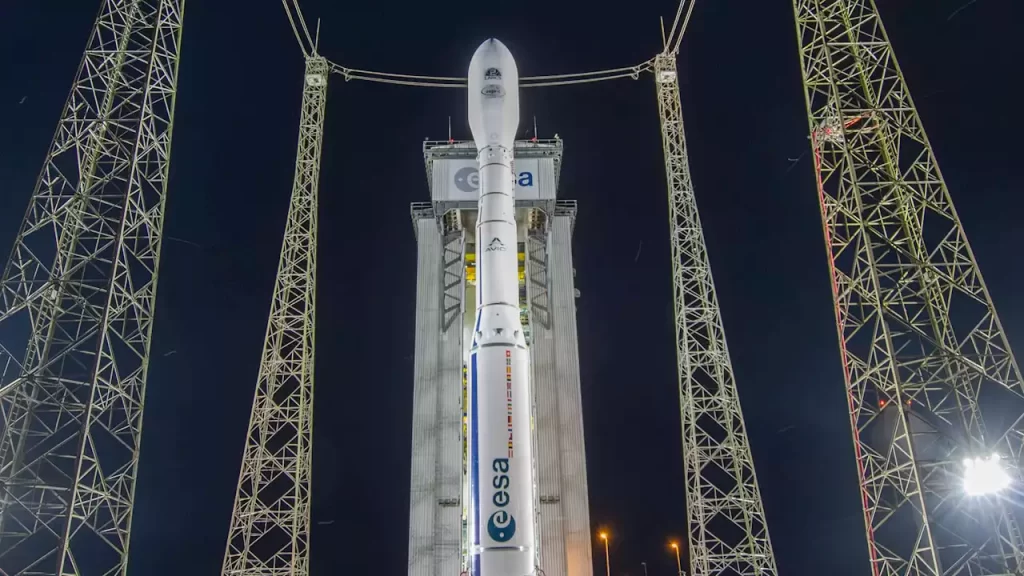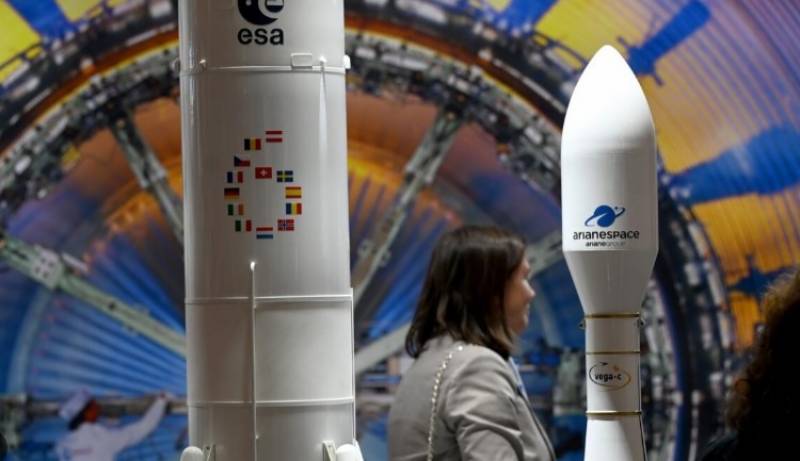Europe was supposed to launch its brand-new Vega C rocket into space until everything went wrong. The Vega C performed a medium-lift Vega C European Spaceport at Kourou, French Guiana, on Tuesday, December 20, with a payload of two high-tech satellites for Airbus’ Pléiades Neo Earth-imaging constellation.
If it had been successful, it would have been the first commercial launch of the Vega-C since its inaugural flight on July 13. But just minutes after lift-off at 10:47 pm local time (0147 GMT Wednesday), the launcher’s trajectory deviated from its programmed route, and communications were lost, according to commercial launch service provider Arianespace.

“The mission is lost,” Arianespace chief executive Stephane Israel said from the Kourou Space Centre in French Guiana, a French department on South America’s northeast coast. An “anomaly occurred” in the second stage of the launcher, “ending the Vega-C mission”, the company said. The rocket was launched over the Atlantic Ocean and had shot past 100 kilometers (62 miles) altitude and was more than 900 kilometers north of Kourou.

Elon Musk, the CEO of US rival rocket maker SpaceX, tweeted that he was “sorry to hear this”. “It is a sobering reminder of the difficulty of orbital space flight,” he added. The rocket had been trying to bring into orbit two Earth observation satellites built by Airbus that were planned to join the Pleiades Neo constellation. The constellation is capable of capturing very high-resolution images of any point on the globe several times a day. The failure is a blow for the European aerospace giant Airbus, which developed the program, whose services are sold to both companies and the military.
Satellites that generate revenue are typically insured. According to an industry source, the Pleiades Neo 5 and 6 satellites were insured for 220 million euros ($233 million), potentially allowing Airbus to rebuild them.


